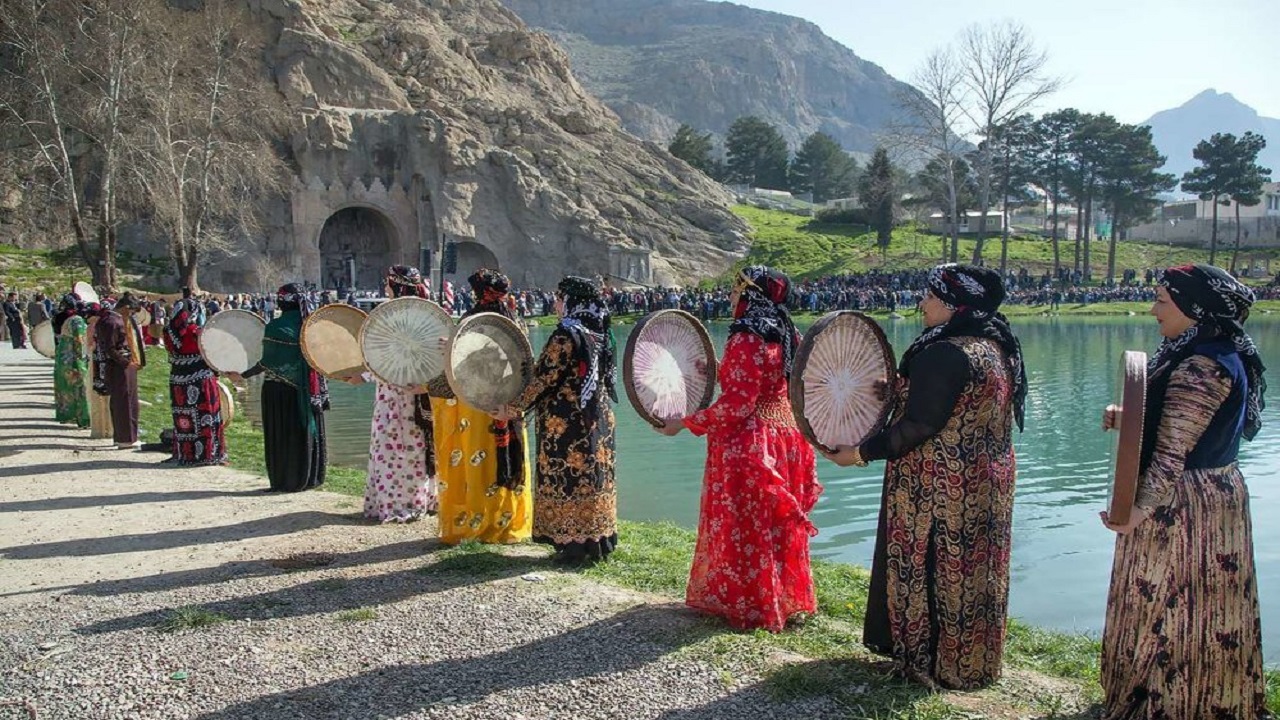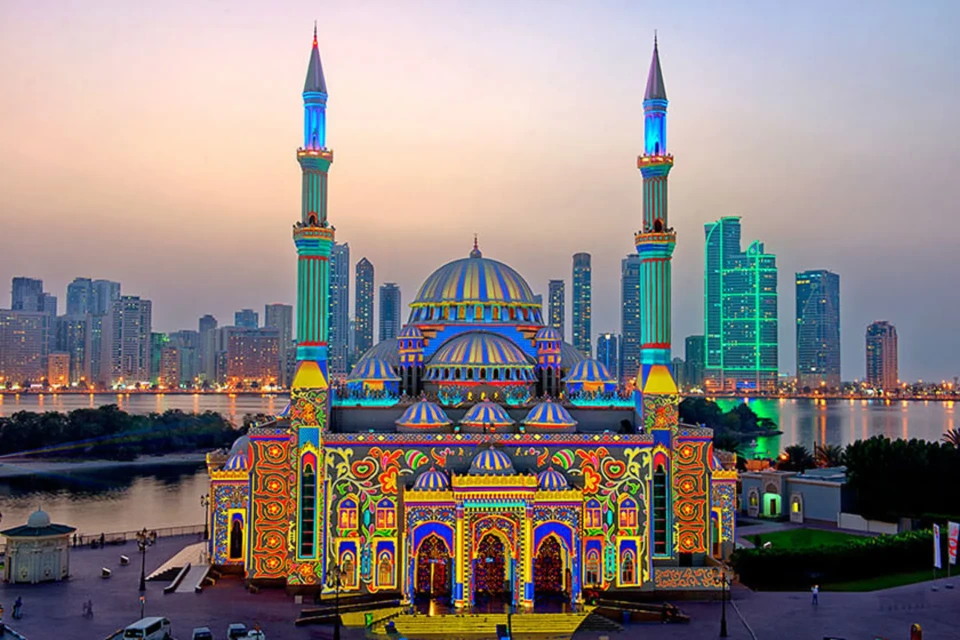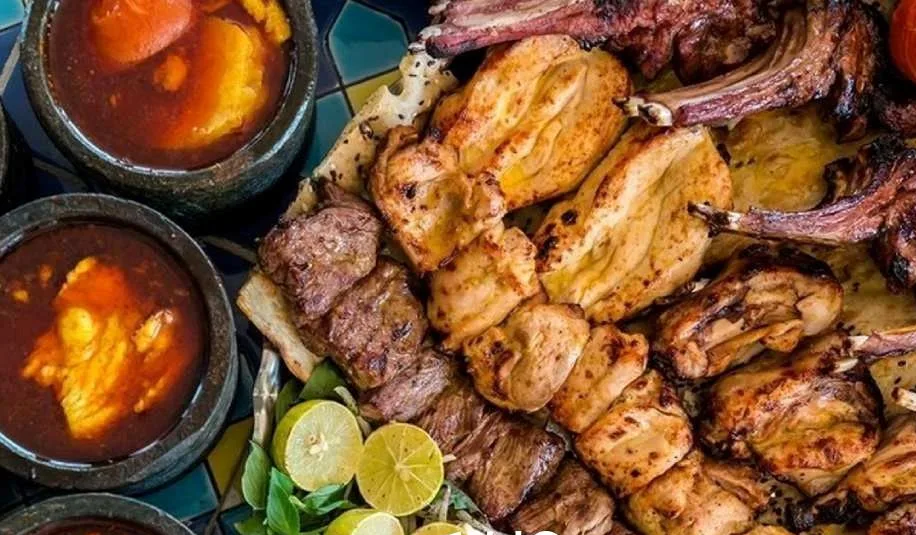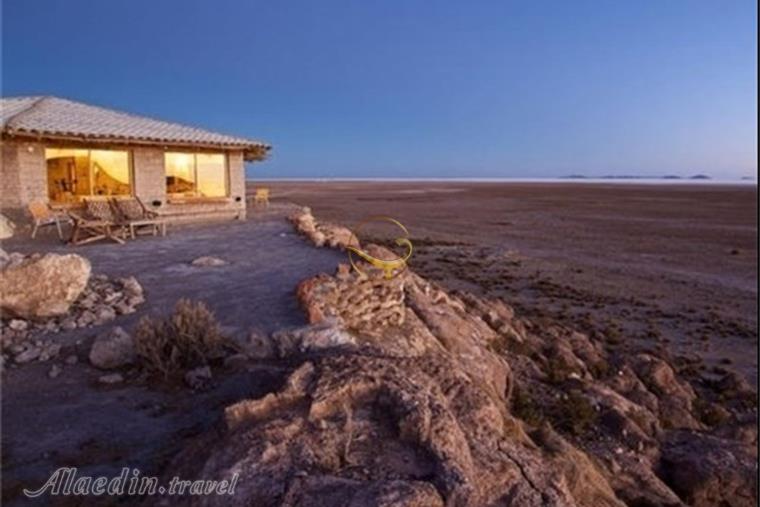The language of the people of Kermanshah
The province of Kermanshah is perhaps unmatched in Iran in terms of the diversity of ethnic groups, tribes, sects, and religions, each of which speaks its own unique dialects and accents. Given the historical depth and cultural richness of the province, there are dozens of local dialects and languages spoken. Among the most common dialects in Kermanshah are Jafi of Javanrud, Sorani, Paveh’i, Javanrudi, Lahoni, Balajubi, Kalhuri, Laki, Kermanshahi Persian, Orami, Gorani, and Lori. Additionally, Turkish (Sanghori) and Arabic are also spoken in some areas. The various dialects spoken in Kermanshah largely stem from Kurdish, the language of the Kurdish ethnicity.
The Kurdish language itself is divided into four main branches and encompasses around 60 different dialects. These four main branches include Southern Kurmanji, Northern Kurmanji, Kermanshahi Kurdish, and Orami-Gorani, each with its own distinct dialects. Southern Kurmanji is prevalent among the Jafi tribe in Kermanshah. Kermanshahi Kurdish, which is specific to the tribes and nomads of Kermanshah and Ilam provinces, is considered the standard dialect within this branch, known as Kalhuri Kurdish.
The majority of Kermanshah’s population speaks Kalhuri Kurdish. Alongside this, Kermanshahi Persian, which is a blend of Kalhuri Kurdish and Persian, has been common in the region for over 200 years. The fourth branch, Orami-Gorani, is spoken in the Oramanat area of Kermanshah. Historically, all Kurdish poetry has been composed in this dialect. In recent years, educated speakers of the Kalhuri dialect have also begun composing poetry in this dialect. Among these dialects, Kalhuri Kurdish has the most speakers in the province, while Lori is the least spoken dialect in Kermanshah.
However, local dialects are increasingly endangered due to various factors, such as people moving away from their original homelands, cultural and linguistic intermingling, varying climates and geographies of cities and villages, migration, education, and the distancing from one’s mother tongue.
With the establishment of the Qajar dynasty in Iran and the formation of governmental and administrative organizations, as well as the presence of local rulers in various parts of the country, Persian became the official language. Educated individuals (employees and the ruling class) spoke Persian, and their lack of familiarity with local languages made it necessary for people to communicate with them in Persian. As a result, the illiterate or market class, unfamiliar with Persian, often struggled with a limited Persian vocabulary. To compensate, they incorporated Kurdish words into their speech. Someone else would hear these words, assuming they were Persian, and use them in their conversations, thus contributing to the spread of a form of Persian in Kermanshah that includes many Kurdish words.

The Kurdish language
The Kurdish language is divided into four main branches and encompasses around 60 different dialects. These four main branches are Southern Kurmanji, Northern Kurmanji, Kermanshahi Kurdish, and Orami-Gorani, each with its own specific dialects. Southern Kurmanji is spoken among the Jafi tribe in Kermanshah. Kermanshahi Kurdish is specific to the tribes and nomads of Kermanshah and Ilam provinces. This branch of Kurdish includes the standard dialect, known as Kalhuri Kurdish.
The majority of people in Kermanshah speak the Kalhuri Kurdish dialect. Additionally, Kermanshahi Persian, a mixture of Kalhuri Kurdish and Persian, has been spoken in the region for about 200 years. The fourth branch of the Kurdish language, Orami-Gorani, is spoken in the Oramanat region of Kermanshah. Historically, all Kurdish poetry has been composed in this dialect. In recent years, educated speakers of the Kalhuri dialect have also begun composing poetry in this dialect. Among these dialects, Kalhuri Kurdish has the most speakers in the province, while Lori is the least spoken dialect in Kermanshah.
What is evident today is that local dialects are gradually disappearing due to various factors, such as people moving away from their original habitats, settling in new areas, the intermingling of cultures, the diversity of climates and geographies in cities and villages, migration, education, and distancing from the mother tongue.
With the establishment of the Qajar dynasty in Iran and the formation of governmental and administrative organizations, as well as the presence of local rulers in various parts of the country, Persian became the official language. Educated individuals (employees and the ruling class) spoke Persian, and their lack of familiarity with local languages made it necessary for people to communicate with them in Persian. Consequently, the illiterate or market class, unfamiliar with Persian, often struggled with a limited Persian vocabulary. To compensate, they incorporated Kurdish words into their speech. Someone else would hear these words, assuming they were Persian, and use them in their conversations, thus contributing to the spread of a form of Persian in Kermanshah that contains many Kurdish words.








